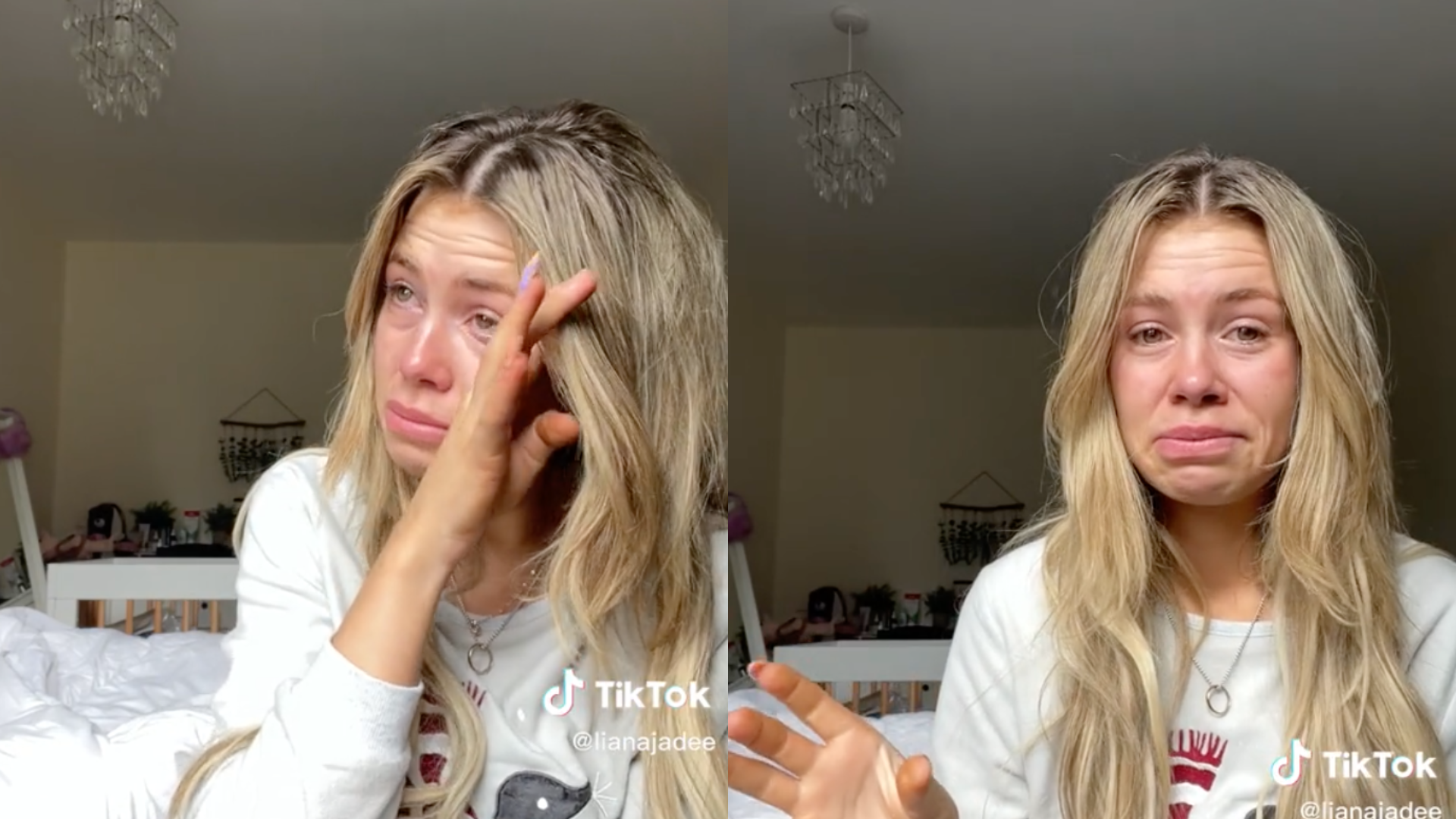The phrase “fake body” has been trending on TikTok recently, with users adding it to their video captions when they wear revealing clothing or swimwear in an attempt to avoid their videos being taken down by TikTok for violating its “minor safety” or “nudity” rules.
TikTok’s strict guidelines on nudity and sexually explicit content state that they do not tolerate activities that perpetuate the abuse, harm, endangerment, or exploitation of minors. Videos that violate these guidelines are quickly removed by the app.
To avoid their videos being flagged for violating TikTok’s rules, some users have started using the hashtag #fakebody. By doing so, they hope to trick the automated moderation system into thinking the body in the video is a mannequin or sculpture. The hashtag has received billions of views on TikTok and continues to grow in popularity.
TikTok’s nudity rules prohibit content that is “overly revealing of breasts, genitals, anus, or buttocks” and do not allow nudity, pornography, or sexually explicit content on the platform. While some videos may not violate these rules if reviewed by human moderators, the automated system might remove them automatically, resulting in frustrated creators who feel they have been wrongly censored.

Fitness influencer Jo Gyu Seon and circus performer Anna Petrenko are among the creators who have used the “fake body” tag to prevent their videos from being removed. Petrenko, who has over 400,000 TikTok followers, has had her account deleted in the past for posting “candid” videos of herself in revealing clothing. She now uses the “fake body” tag to try and prevent videos that she believes are not sexually explicit from being removed.
TikTok users also use code words to avoid using explicit language, as using swear words or sexual language can lead to video removal. For example, instead of saying ‘f–k,’ creators might write “fork.” Instead of saying “sex,” they might write “seggs.” This way, they can still convey their message without triggering TikTok’s automated moderation system.
In July 2021, TikTok announced that it would start using automated systems to remove content containing “adult nudity,” rather than relying solely on human content moderators. This has meant that some videos, which a human moderator might not consider to be in violation of TikTok’s rules, could be removed automatically by the app.
TikTok declined to comment on the matter when contacted by Insider. While creators on the app continue to use code words and the “fake body” tag to avoid their videos being removed, it remains to be seen if TikTok will change its strict rules on nudity and explicit content.












